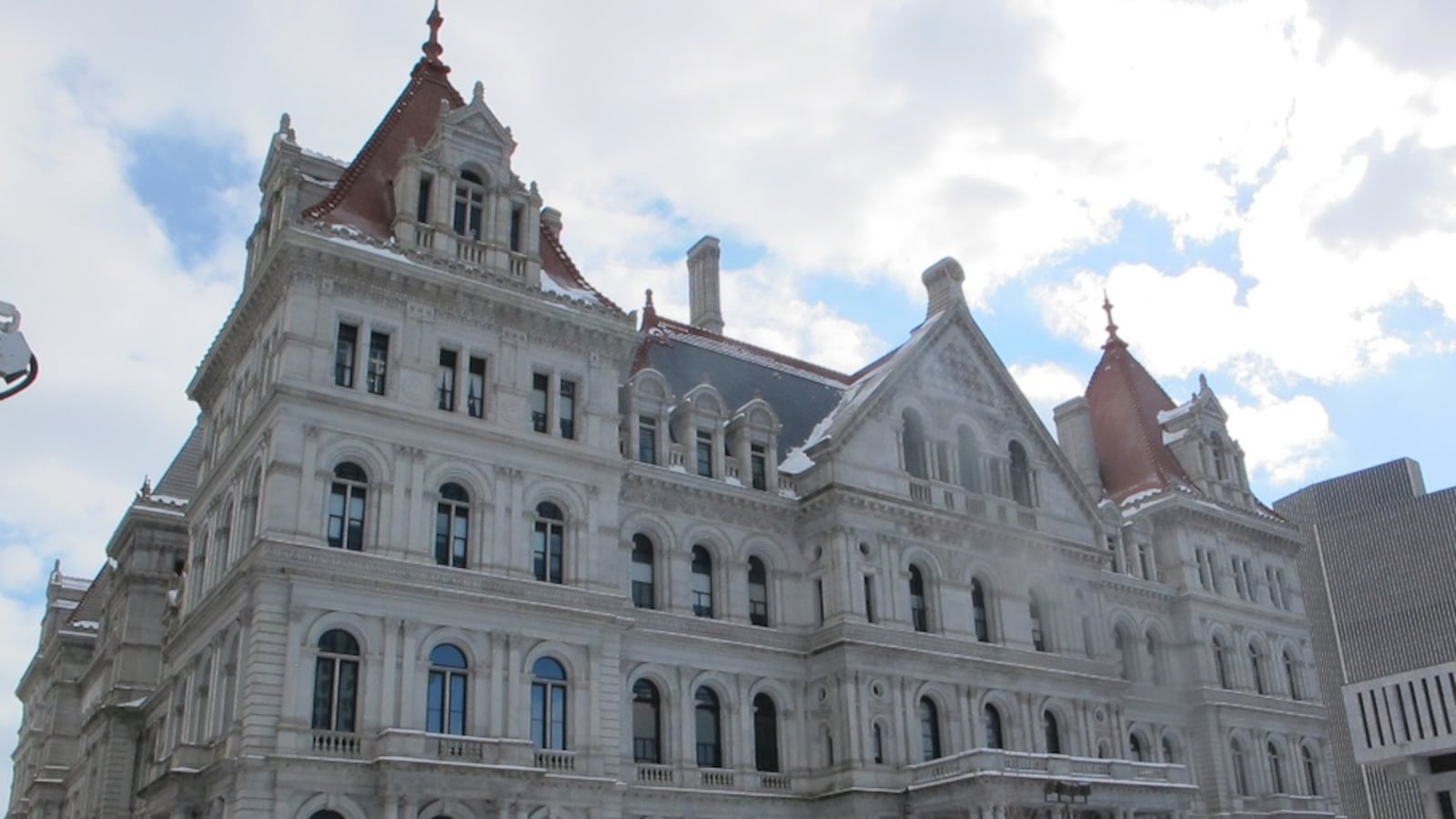City education officials released data on Monday that until now has been hard to come by: The number and percentage of students who leave some of its charter schools during the school year.
The city’s reports, released Monday to the Board of Regents, only include data for 13 charter schools. But they show wide variation in average student mobility rates at those schools, from under 5 percent of students leaving between the 2010-11 and 2013-14 school years to more than 21 percent, according to a Chalkbeat analysis of the data. The numbers represent a win for the Board of Regents, which has long been pushing for more transparency around charter school enrollment.
The numbers also provide new fodder for a long-simmering debate around charter school enrollment patterns. Critics of charter schools have said one reason that some charter schools outperform district schools on state tests is because a larger number of their students — typically the ones who are the least academically proficient — leave during the school year. Those students usually end up in a nearby district school, and charter schools aren’t required to replace students they lose.
One of those critics is Chancellor Carmen Fariña, who said last year, “There shouldn’t be a whole movement out of charters the month before the test.”
But the limited student mobility data challenges that argument, to a degree. The schools with the highest average mobility rates over the past four years are also the ones that are performing the worst academically.
At Dr. Richard Izquierdo Health and Science Charter School, for instance, just 10 percent of students were proficient on the state English exam and 13 percent were proficient in math. But the school lost an average of 21 percent of its students in each of the past four years, the most of any other school on the report.
The school with the second-highest attrition rate was Imagine Me Leadership Charter School, with 19 percent attrition. The city recommended that both schools only receive a 1.5-year renewal, which means they could be closed at the end of the 2015-16 school year if they do not improve.
A third school recommended for a probationary renewal, Lefferts Gardens Charter School, had a 15 percent average student attrition.
Democracy Prep Harlem Charter School, for which the city recommended a longer-term renewal, also showed high mobility, with an average of almost 19 percent of students leaving each year. The school lost nearly 30 percent of its students during the 2012-13 school year.
Still, the reports lack several valuable insights. While they show what percentage of students left a charter school in each of the last four school years, it does not say how those numbers compare to average student attrition in district schools.
The reports also don’t say whether those students were replaced, an issue that has divided the charter school sector, or indicate whether the exiting students were less proficient academically.
You can read the full report here.
Four-year average student attrition rates (2010-11 — 2013-14 school years)
Dr. Richard Izquierdo Health and Science: 21.1%
Imagine Me Leadership: 19%
Democracy Prep Harlem: 18.9%
Hyde Leadership — Brooklyn: 15.8%
Leffert Gardens: 15.2%
Bed-Stuy New Beginnings: 14.4%
Bushwick Ascend: 13.1%
Renaissance Charter HS for Innovation: 13%
Rochdale Early Advantage: 12.3%
Hellenic Classical: 8.9%
Inwood Leadership: 5.6%
Riverton Street: 4.8%

